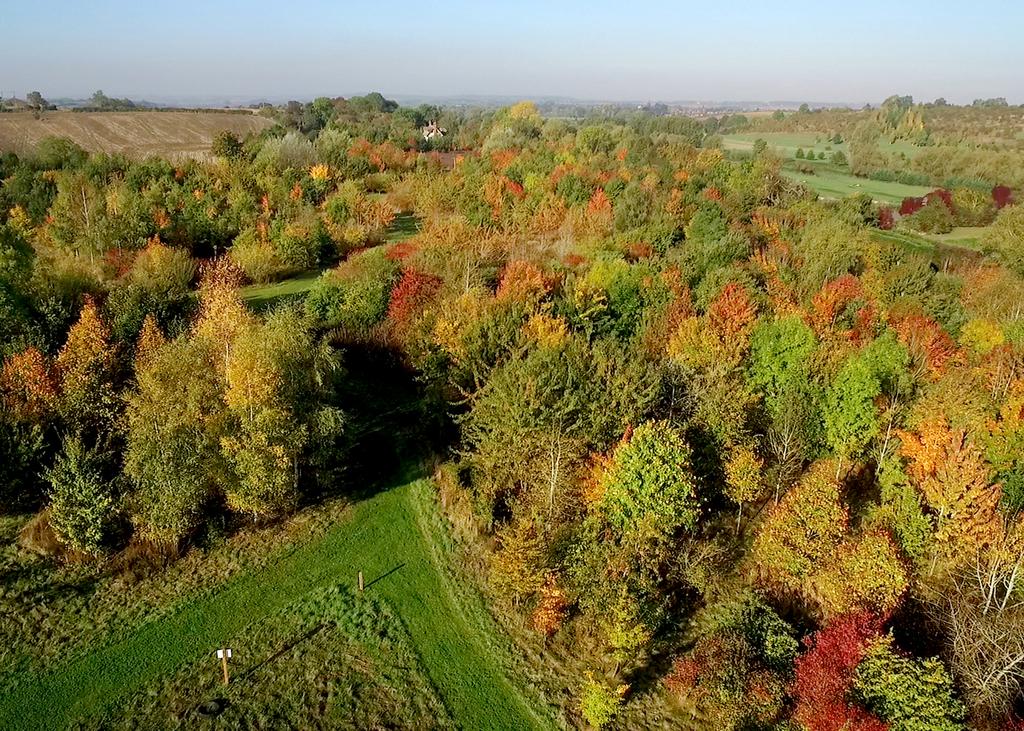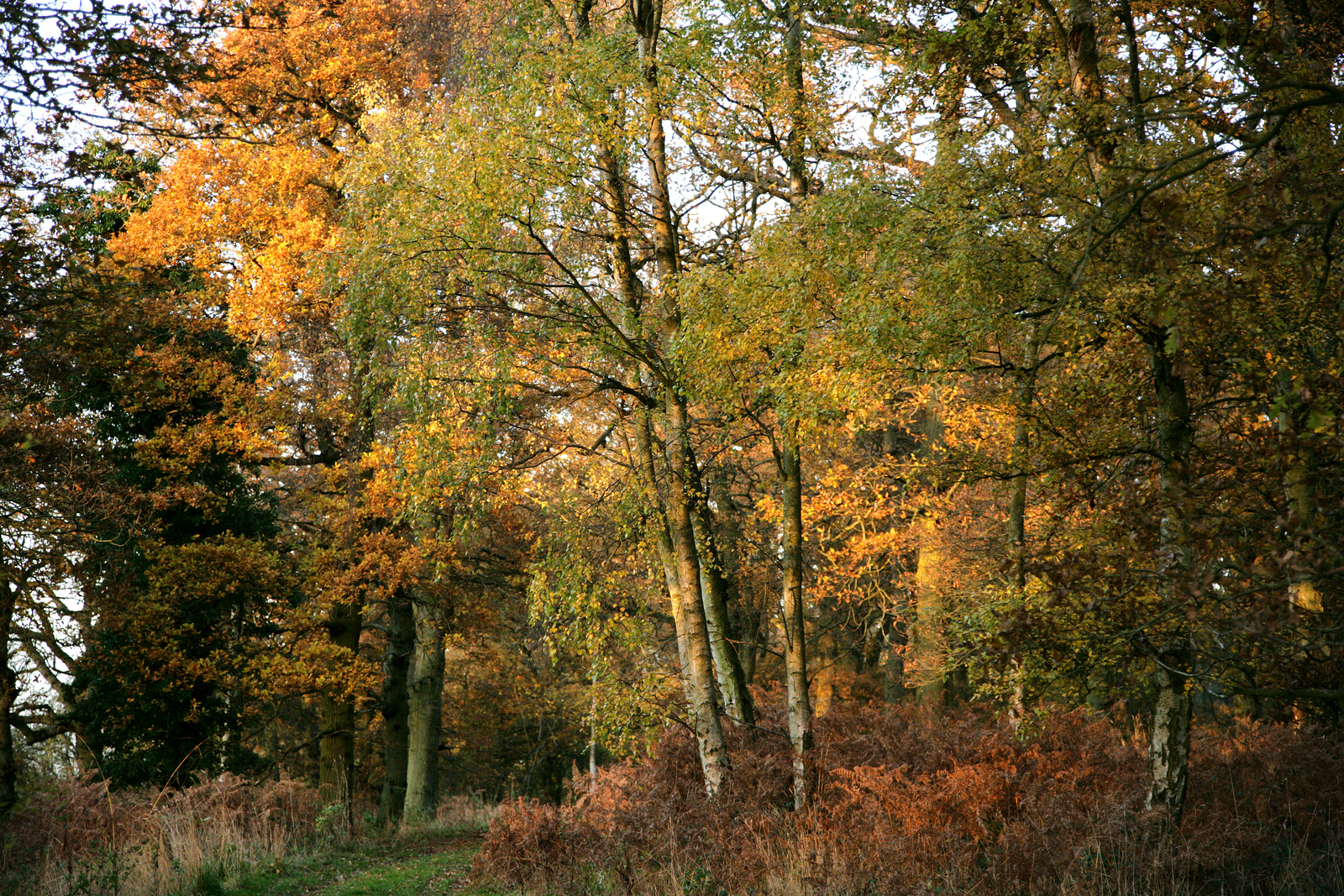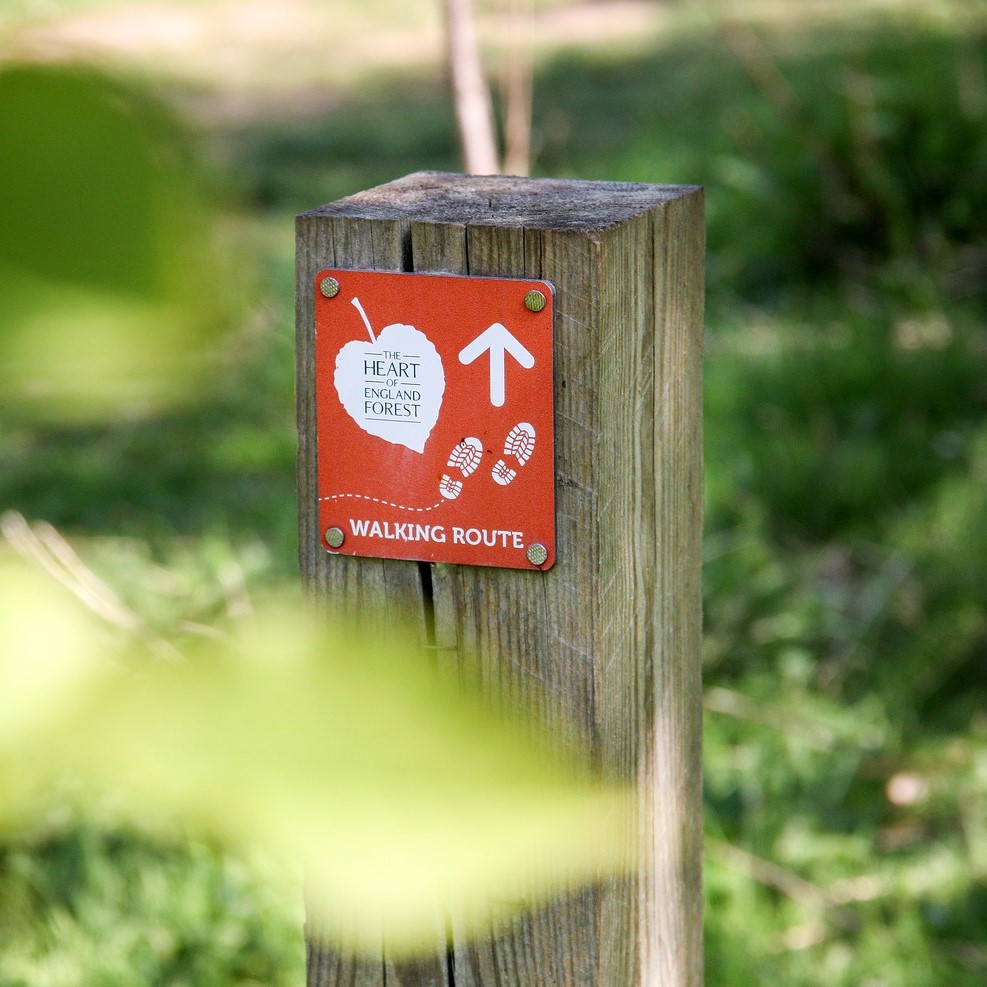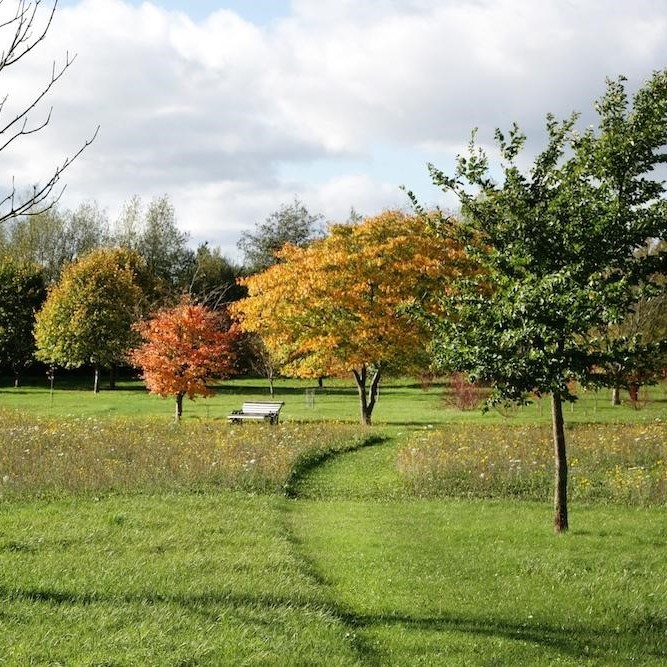
What happens to trees in autumn?
With nature giving us one last flourish with its annual display of colour, autumn is one of the finest times to visit the Heart of England Forest. Fascinating fungi appears on the forest floor, and the wildlife feasts on the abundant seeds, nuts, and berries, as life readies itself for winter. Forest Ranger Tim shares how our trees prepare for the months ahead.
Trees preparing for the shutdown

With winter just around the corner, the temperatures dropping and sun getting ever lower in the sky, the deciduous trees struggle to photosynthesise as effectively.
Throw in the potential for sub-zero temperatures which can make the transport of water more energy intensive, and the threat of strong winter storms which can cause leaf laden branches to break, the trees instead undergo a dramatic transformation.
The trees absorb what goodness they can from the leaves, drop them and enter a state of dormancy in which they will see out the winter months.
This, however, can be boon time for many fungal species which flourish during the cooler months. These species feed off the leaf litter carpeting the forest floor and redistribute the nutrients though an underground network of interconnected threads called hyphae. The nutrients will then be re-absorbed by the trees and the plants above ground. Find out more about fungi to spot in the Forest.
However, there will still be some greenery provided by the evergreen trees which do not drop their needles at this time of year. Evergreens can keep their needles or leaves due to their superior abilities to retain water, and so will make the best of the season and keep photosynthesising, albeit at a much-reduced rate.
Colours of the season

When the autumn shutdown begins the trees first re-absorb as much goodness from the leaves as they can. They break down the green chlorophyll, the biomolecule used in photosynthesis, and turn it into a colourless substance. This allows other colours that have been present all year but overpowered by the green to shine through.
The golden yellows, bright oranges and vivid reds are produced by other molecules in the leaves. Carotene and xanthophyll give leaves their orange and yellow hues, while anthocyanins combine with the remaining sugars to give some leaves a their red colouration.
The timing of the colour changes depends on the summer conditions. A dry summer will result in an earlier change in the leaves, whereas a wet summer will delay the onset of the autumn colours. Regardless of when the display begins the spectacle in the Heart of England Forest is one not to be missed.
Rule breakers!
In nature, there are always rule breakers. Some deciduous trees, such as oak or beech, can keep their leaves during winter although they are usually brown and dry by mid-December.
This ‘holding on’ of leaves through the winter months is known as ‘marcescence’ (from the Latin word ‘to fade’) and occurs when the shriveled leaves remain, somewhat precariously, attached to the tree until they are dislodged by new growth during the spring. The reasons for this are not fully known, although it is more commonplace in mature trees.
Autumn visits to the Forest

Whenever or wherever trees begin their autumn transformation, the Forest is the perfect place to see the wonderful spectrum of golds, yellows and reds that provide a feast for the eyes.
College Wood (walk down from Studley village or through from Morgrove Coppice car park on the public footpaths) or Dorsington Wood are two great autumn Forest walks. Plan your visit here.
Come and see for yourself and share your favourite autumn trees with us on our social media channels - Facebook, Twitter, Instagram.






